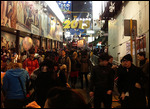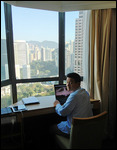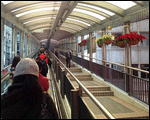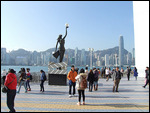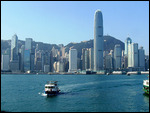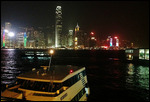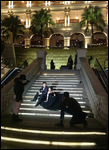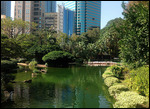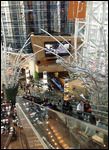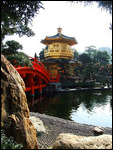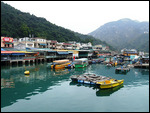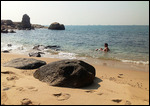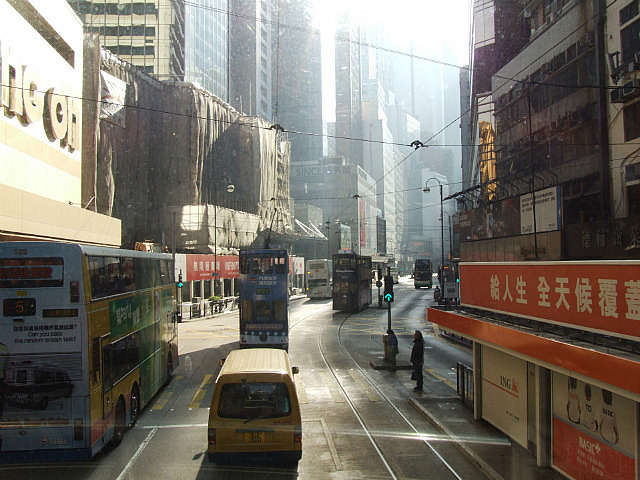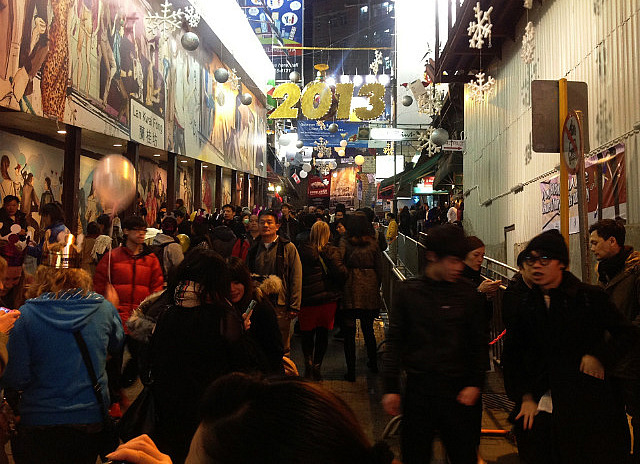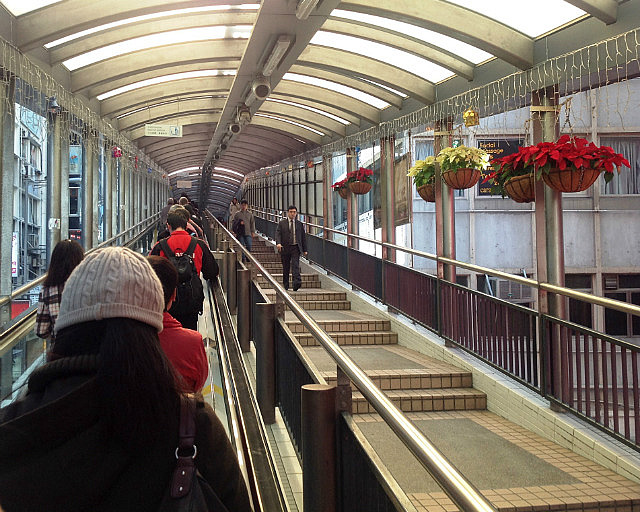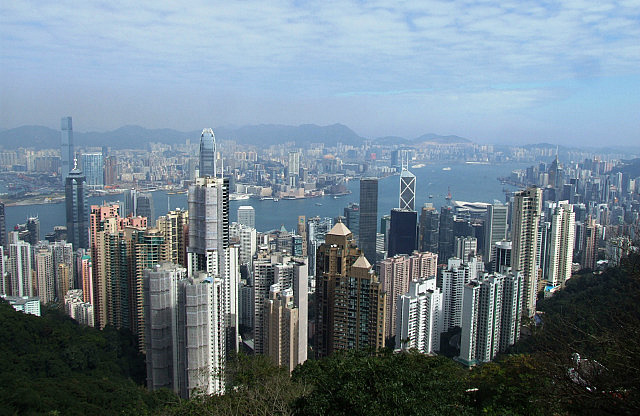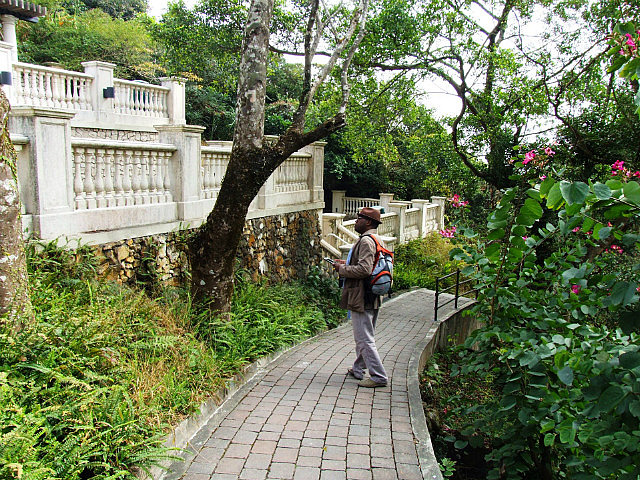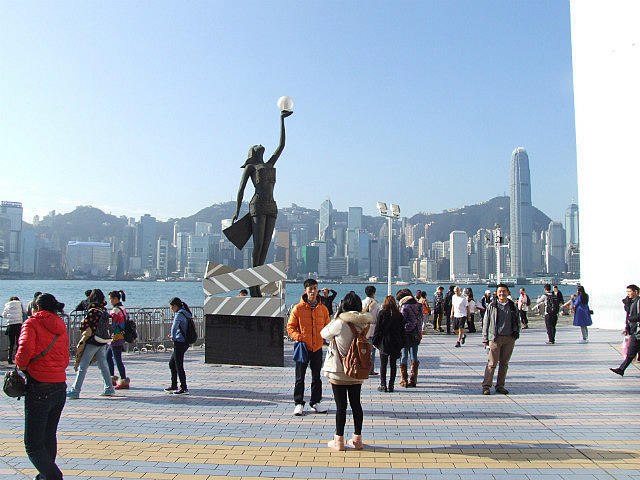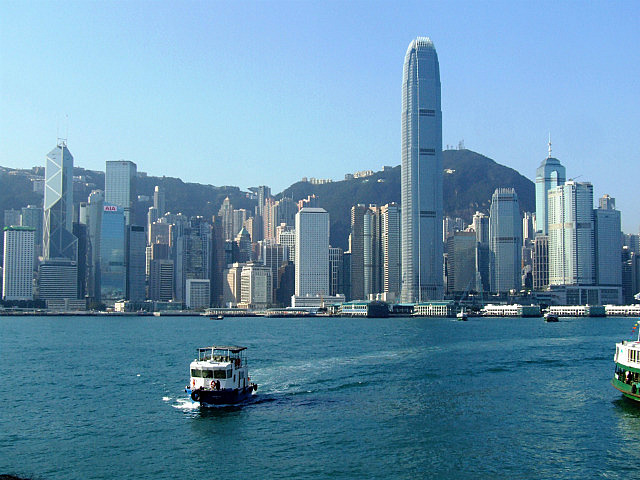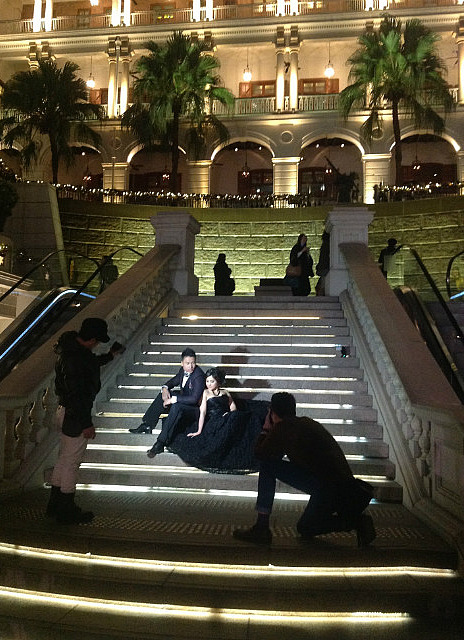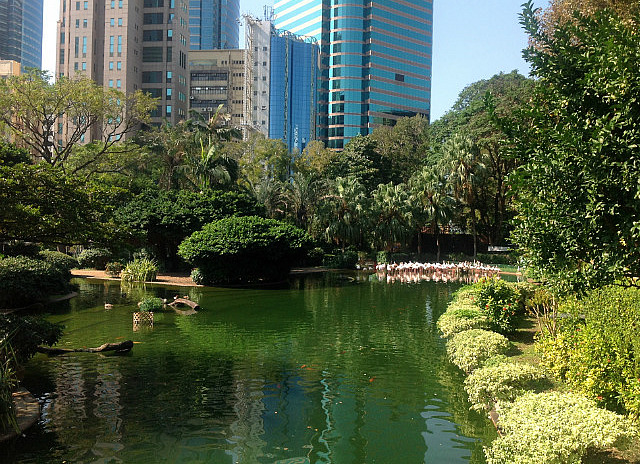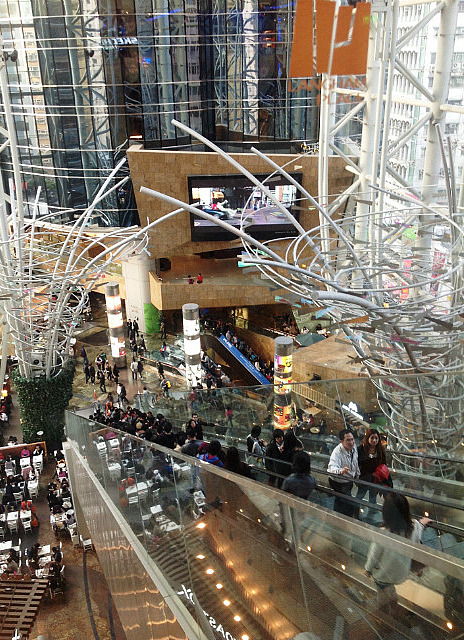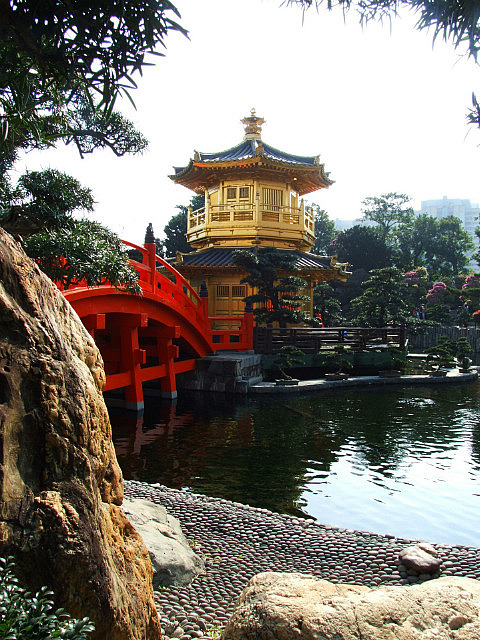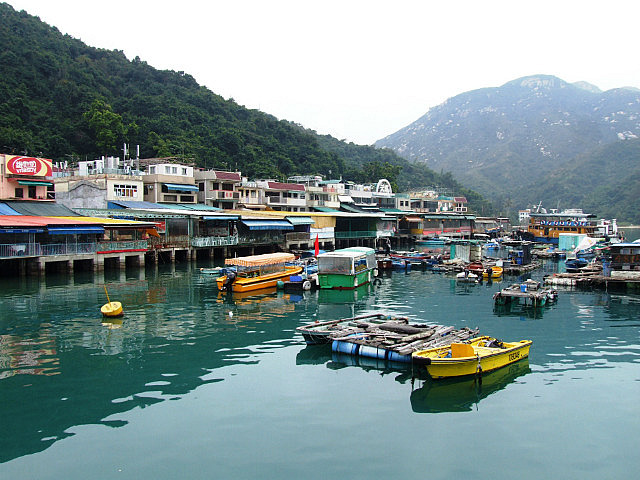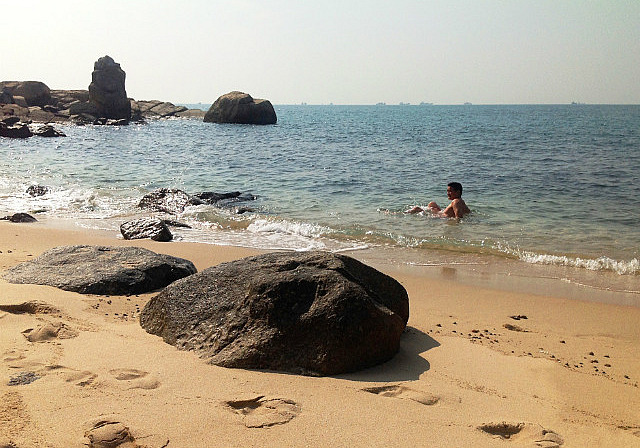Neil and I traveled to Hong Kong and Macau for New Year's 2013 vacation. Visiting this area -especially Hong Kong - mentally bridges our day-to-day realities in the United States with my Chinese cultural background. Before this trip I had only been to Hong Kong on the way to China, so I didn't get a chance to see or experience much. This time we spent seven days in Hong Kong and three days in Macau, getting a taste of this cultural gateway between East and West. Containing sumptuous pleasures from both cultures, a cosmopolitan art and restaurant scene, plus a beautiful setting on the Victoria Harbor surrounded by jungle-clad peaks, Hong Kong is a place both of us would find comfortable living in for long term.
Hong Kong has been and still is the gateway to the Orient for Western travelers, business people, or students. Compared to its competition - Shanghai, Tokyo, Beijing, Seoul, Hong Kong is no doubt the most cosmopolitan and has the best natural setting. Although many visitors complain of crowded neighborhoods, in fact Hong Kong's built-up area occupy such a small proportion of the territory (about 23%) that large amount of rural land, rugged mountains, and scenic islands are within a stone's throw of the entire population. The high density of urban Hong Kong makes space a premium commodity, however the abundance of fantastic restaurants of all descriptions, countless shopping, fun activities, and availability of high quality transportation and infrastructure make it much more comfortable to mingle with such a high concentration of humanity.
Hong Kong has many areas to explore. We first stayed in a hotel in the elegant Mid-levels neighborhood on Hong Kong Island, an area with a concentration of Western expatriates. Along the route of the Mid-levels Escalator (an outdoor free transportation system for the hilly neighborhood), European and American style restaurants and bars are easy to find. Up the hill is Victoria Peak, the highest parts of the island (over 1600 feet high) where the ruined former British Governor's Palace is now a beautiful garden area. Here looking out to the skyline on both sides of Victoria Harbor yields a fabulous view of this dynamic sea port city.
Downtown Victoria on the Hong Kong Island has the over 100 year-old street cars costing 25 US cents per ride. We rode this daily to and from the boating piers, downtown subway station, and to take buses to other areas. To cross the harbor to the Kowloon area on the mainland, we either took the subway or the Star Ferry, another quaint mode of transportation. Downtown Kowloon is called Tsim Sha Tsui, now the tourist and shopping epicenter of Hong Kong. The Star Walk commemorates Hong Kong film stars who cultivated a unique cultural industry (think Kung Fu movies), on the waterfront of Tsim Sha Tsui with fabulous views of the forest of gleaming skyscrapers. Nearby are new art museums, historic Peninsula Hotel, and the next door "1881 Heritage" - a new elegant shopping complex in a beautifully restored historic government building. Another Tsim Sha Tsui landmark is the Chung King Mansions, a giant no-frills indoor shopping mall chock full of small vendors from Africa, the Middle East, and other third-world countries.
We took a subway to a new Buddhist Nunnery in outer Kowloon, built in Japanese architectural style characterized by exclusive use of tongue-and-groove wood joints without nails. The centerpiece is a pavilion covered in gold sitting in the center of a pond and accessed by a red arched bridge. Surrounded by high-rise apartment blocks, this richly appointed temple with its elegant buildings and beautiful landscaping form a welcome contrast with its surroundings.
Restaurant food in Hong Kong is a mixture of Western and Cantonese styles. Most places we ate at had excellent quality. Classic European and American dishes and desserts supplement a rich Cantonese cuisine, forming some of the best cuisine in China.
We took two days to visit outer areas in addition to a 3-day trip by high-speed catamaran to Macau. We took a bus over mountainous roads to the southeast side of Hong Kong Island - Shek O beach. The second day we took a ferry to Lamma Island, arriving at Sok Kwu Wan, its beautiful fishing harbor. On both days we hiked unspoiled coastal headlands that were almost deserted. The beaches had few visitors and almost no catering businesses were open. Only foreign surfers were enjoying the beach, probably due to it being winter. The water temperature was in the 70 degrees F, not ideal for sunbathing but we had a good time exploring nonetheless.
Particularly notable to us about Hong Kong was its cosmopolitan outlook, where most merchants can speak some English, and people do not see foreign visitors as curiosities. The nonchalantly confident attitude of the locals, their effectiveness in conducting business using Chinese or Western protocols, and their ability to assimilate new international trends, are extraordinary.

